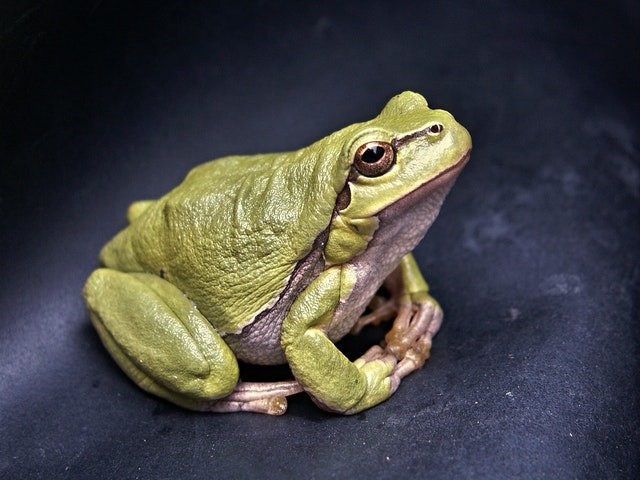A water-borne fungus that has wiped out numerous amphibian species that spend all or part of their lives in water is now posing danger to terrestrial amphibians.

Chytrid Fungus
In the Atlantic Rainforest of Brazil, researchers backed by FAPESP discovered exceptional mortality among a group of small frogs known as pumpkin toadlets that dwell far from any aquatic habitats.
The chytrid fungus (Batrachochytrium dendrobatidis), which causes chytridiomycosis, infected the animals badly.
A study, which was published in the journal Biological Conservation, found that the fungus is also a potential danger to terrestrial-breeding frogs that play vital ecological roles, such as regulating insects that spread diseases like yellow fever, dengue, and zika.
Diego Moura-Campos, the article's first author said: "The fungus attacks the amphibian's skin, which is where it exchanges gas with the external environment. Infection causes a physiological imbalance, and the animal eventually dies from a heart attack."
Terrestrial Frog
Direct-developing species (those that reproduce on land and lack a tadpole, with terrestrial eggs emerging as fully developed tiny adults) are thought to be even less suited to the fungus, according to the researchers.
Aquatic species have had more exposure to the disease and may have acquired some resistance to infection.
During a field investigation done on the Serra do Japi Biological Reserve in Jundia, S. Paulo, between May 2018 and May 2019, Moura-Campos detected illness and death among infected frogs.
After an unusual period of drought, dead and dying individuals of the species Brachycephalus rotenbergae were discovered.
According to Becker, who is a visiting professor at UNICAMP's Graduate Program in Ecology, the study shows that increasing global climate change will increase the rate of this type of infection in the coming decades, with causative agents that may become more infective as hybrids emerge, as the group previously demonstrated in a study.
Another theory proposed by the researchers is that dryness might weaken the immune system of frogs, making them more susceptible to the fungus.

Origin of the Fungus
The fungus is said to have originated in Asia and spread around the world as a result of the trade in frog meat. The American bullfrog (Rana catesbeiana), which is eaten by humans, is resistant to the fungus and can be carriers without being sick.
The fungus started on the Korean peninsula and expanded to other areas of the world in the early twentieth century, according to an article published in the journal Science in 2018.
Another research discovered that the fungus has caused population declines in at least 501 amphibian species throughout the world. At least 50 species or populations have been impacted in Brazil alone, with 12 being extinct and 38 experiencing a decline.
More years of observation are needed, according to scientists in these studies and collaborators, to provide a more exact assessment of the worldwide impact of chytridiomycosis on frog populations.
For more news, updates about aquatic fungi and similar topics don't forget to follow Nature World News!
© 2025 NatureWorldNews.com All rights reserved. Do not reproduce without permission.





